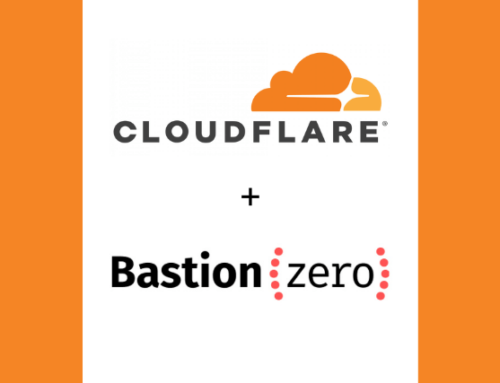Last time, we introduced you to phishing attacks and explained why it’s something you need to be concerned about, especially in light of its recent resurgence. We promised to discuss how you can protect your end users from them, so here we are. Here are some of the countermeasures you can implement.
Educate your end users
Of all the countermeasures we’re about to recommend, this is no doubt the most important of all. No technological solution can be completely effective against a phishing attack if your end users themselves lack the right mindset. Train end users how to: identify phishing emails, respond if they believe they’ve been subjected to a phishing attack, and develop a security-conscious mindset.
Be up-to-date with the latest phishing campaigns
At any given time, certain phishing campaigns are bound to trend. For example, last year, COVID-19-themed phishing emails dominated the phishing landscape. Build your threat intelligence by registering in security forums, subscribing to threat intelligence feeds, or consulting with cyber security experts to be updated with the latest threats, which you can then cascade down to your users.
Employ filtering
The less users have to deal with phishing/spam emails, the lower the chances of them falling for a scam. You can minimize the amount of spam emails that reach your end users by applying email filters that block known malicious URLs and attachments. Some solutions can even fire off alerts if they detect unknown but, nevertheless, suspicious emails.
Patch often, patch regularly
Patching is one of the most time-tested countermeasures against malware. It also happens to work well against phishing attacks, especially if the attack’s payload is malware. Assuming a phishing email manages to breach your initial defenses (e.g. your spam filter or an end user’s trained eye), that doesn’t automatically mean the attack has already succeeded. If the email contains a malware attachment and that malware still has to exploit a known vulnerability in your system, that exploit won’t succeed if the vulnerability has already been patched.
Employ an antivirus
Speaking of malware, you can’t have a complete multi-layered defense against phishing if you don’t include an anti-malware or antivirus solution. Like patching, an antivirus is effective against attacks that involve malware that exploit known vulnerabilities.
How Adapture can help you minimize the risk of a phishing attack
In order to minimize the risk of a phishing attack, you need to employ a multi-layered approach that includes all of the countermeasures outlined in the previous section. This means, at the minimum, you should:
- Educate/train your end users
- Establish a threat intelligence gathering process
- Set up web and mail filtering
- Practice patch management
- Employ an antivirus
If your organization does not have the in-house talent to apply these countermeasures, we’re here to help. Our security experts here at Adapture can assist you in any or all of these processes. Frankly, we can do so much more in this regard.
We will not only help you build a multi-layered defense to protect your end users from phishing attacks, we can also take the lead in setting up appropriate action should you ever be subjected to one. We’ll initiate a comprehensive incident response that will allow us to identify, contain and eliminate the threat(s) as well as remediate the issue as quickly as possible. We can then conduct a thorough investigation to find vulnerabilities that were exploited and take appropriate action to ensure those vulnerabilities are plugged.
Should you wish to learn more about our abilities to minimize the risk of a phishing attack or any cyber attack for that matter, feel free to contact us.












